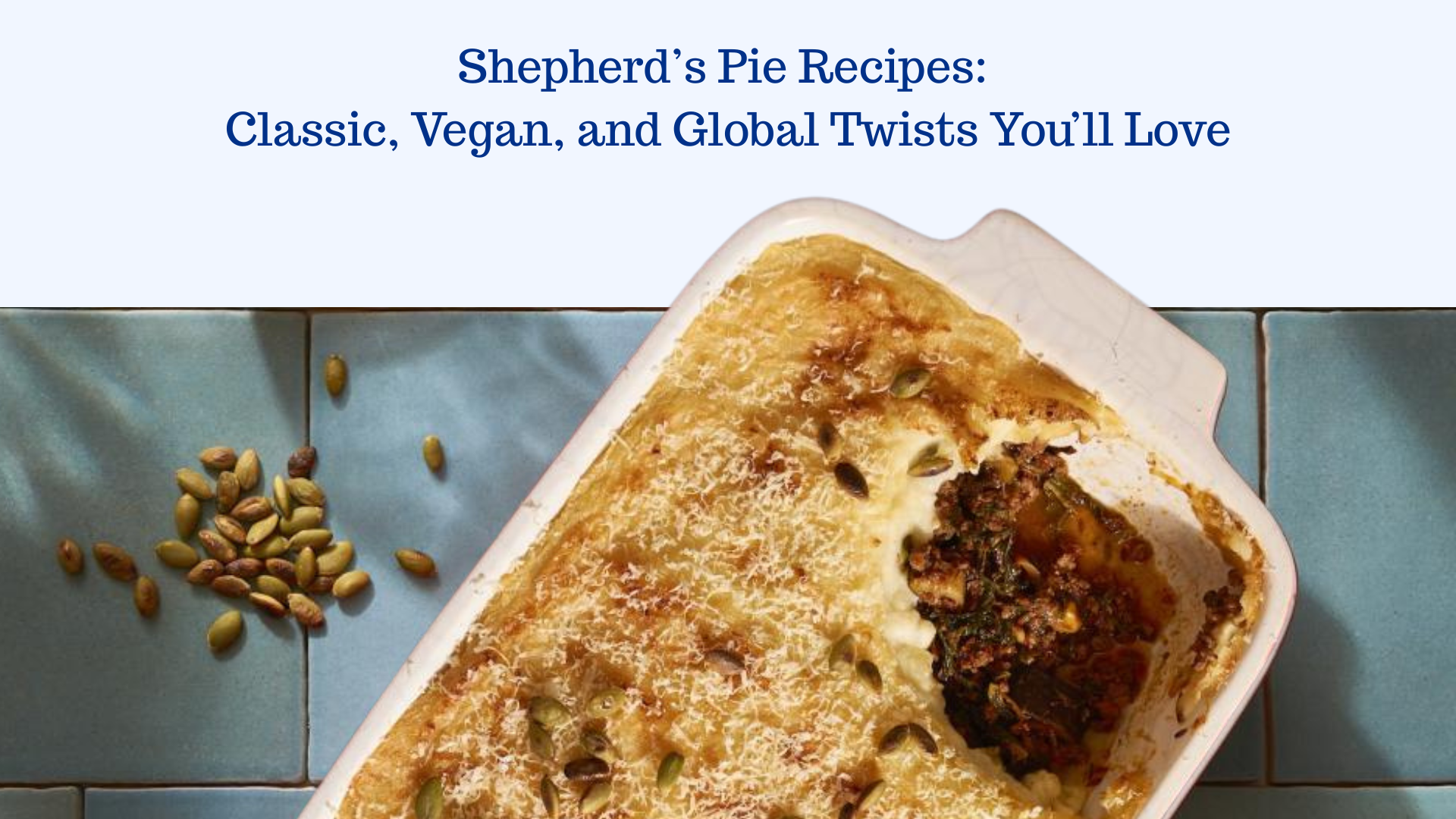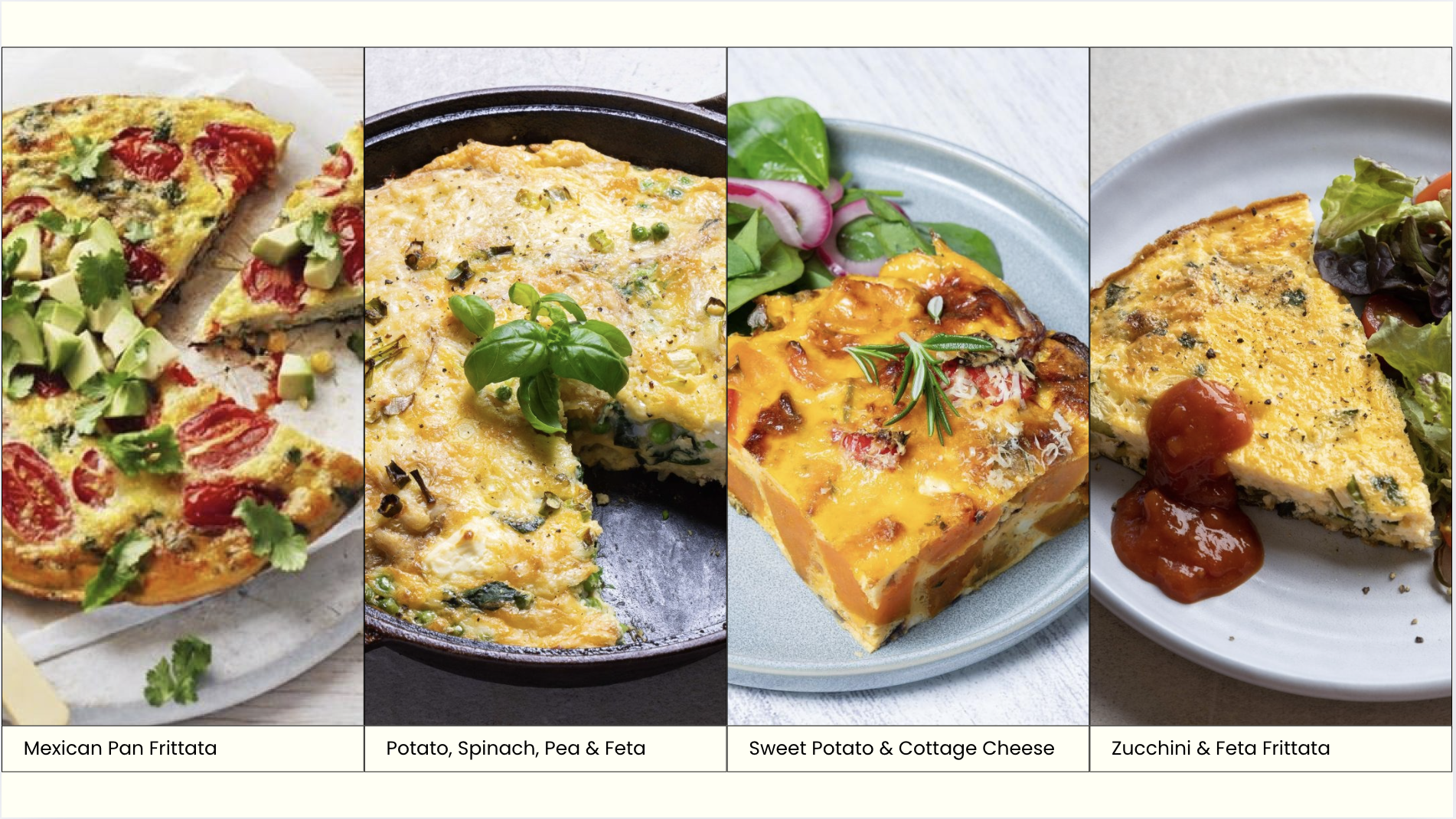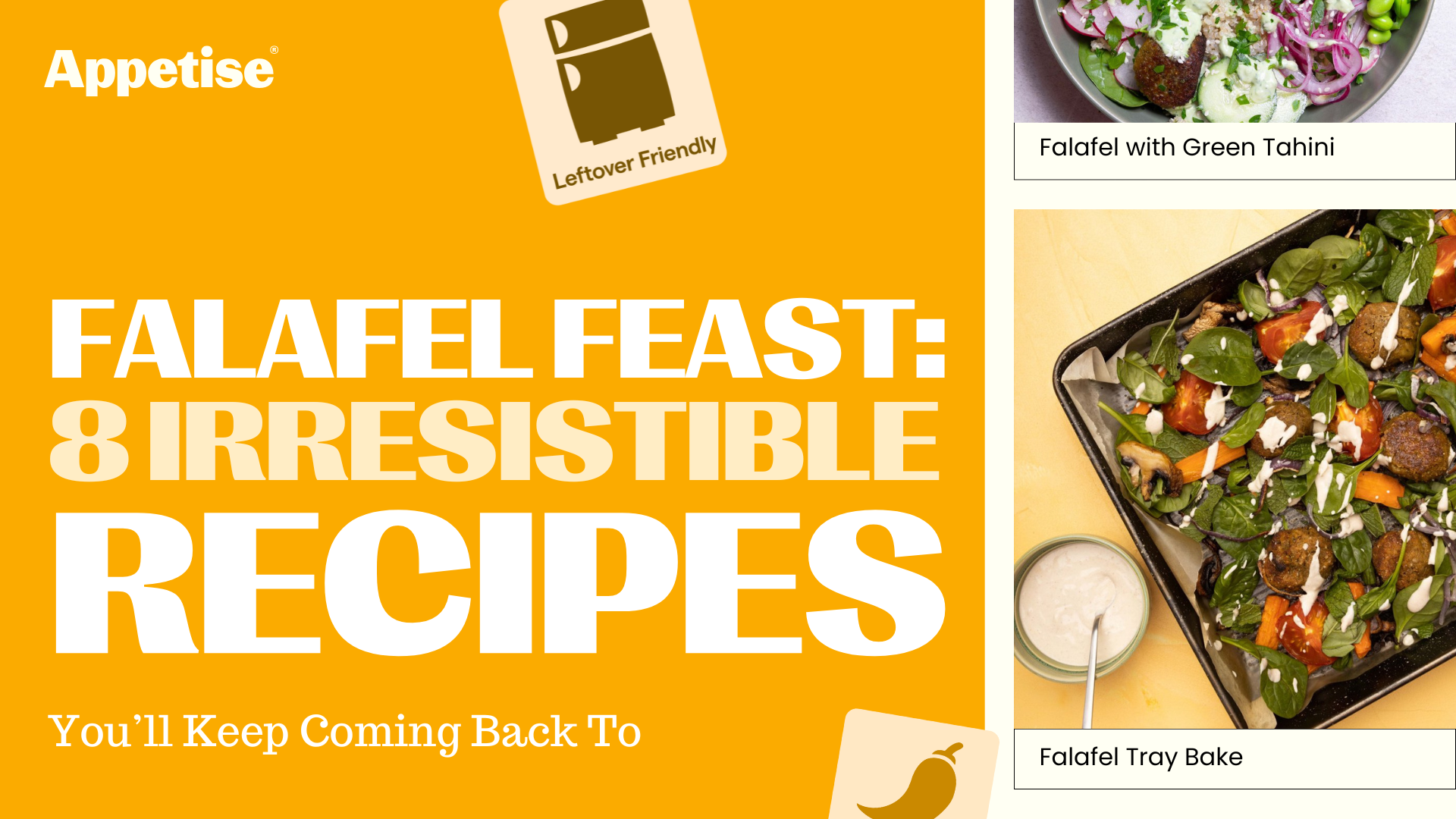The humble cast iron pan holds a special place in the hearts of food enthusiasts and health-conscious cooks alike. It's versatile, affordable, and, with a little care, should last a lifetime. But can cooking in cast iron boost your iron intake? Well, the short answer is - yep!
The science behind cast iron is increasingly suggesting it can be a natural and convenient way to boost the iron content in our food — especially for those who need greater levels of iron consumption or are iron deficient. In this article, we'll explore the benefits of using iron cookware, its impact on iron absorption in your food, and how it can contribute to a well-rounded, iron-rich diet.
How much iron do we get from cast iron?
When cooking with cast iron, small amounts of the iron content transfer into our food for us to later eat and absorb. Compared with non-iron cookware, such as Teflon or glass dishes, cooking in cast iron can increase the dietary iron content of our food by up to 16%. However, how much iron actually leaches into our food depends on what we cook and how we cook it.
Foods that are acidic, contain more moisture, or are cooked for longer are found the greatest increases in dietary iron. Tomato-based sauces, for example, are a great candidate for reaping the best results from cast iron cooking. Tomato sauce has a p.H of around 4.7 (which makes it high on the acidic-food scale), has a lot of moisture (as, well, it's a sauce...), and can be simmered for hours to develop its flavour profile. Tomatoes also have the added benefit of being high in vitamin C, which greatly increases the absorption of the iron we consume.
ℹ️ While studies show that cooking with cast iron can increase iron content in food, it shouldn't be used as the sole method of iron supplementation. While it can contribute to your dietary iron intake, it's unlikely to meet all of your iron needs on its own. Therefore, it's essential to maintain a balanced diet that includes a variety of iron-rich foods.
Is the iron from cast iron healthy?
The iron transferred from cast iron cookware to our food is entirely harmless to us, and as mentioned above, can help to boost dietary iron in a beneficial way. Iron leached from cast iron cookware is predominantly non-heme iron, which is the form of iron found in plant-based foods, such as leafy greens and beans. While non-heme iron isn't as easily absorbed by the body as heme iron, which is found in animal-based foods, it's usually the sole source of iron for vegetarians and vegans.
This iron is also different from the iron found in dietary supplements, which is often in the form of iron salts. Iron salts can sometimes cause digestive discomfort or other side effects, especially in large doses. The iron from a cast iron pan is considered a more natural and gentle source of iron, without the risk of overwhelming the body's absorption capacity.
Six recipes using cast iron cookware
We've put together six recipes for those looking to boost their iron intake. All recipes are cooked in cast iron cookware, including foods naturally rich in iron, and are designed to boost the body's ability to absorb the iron we consume.
- Asian Beef Stew
- Sizzling Beef with Greens
- Lamb Giouvetsi
- Moroccan Vegetable Lentil Soup
- Seared Salmon with Bean Puree & Spinach
- Middle Eastern Lamb Salad
The iron from a cast iron pan, predominantly in the form of non-heme iron, is indeed healthy for us. It provides a natural source of iron that, when combined with acidic ingredients and paired with vitamin C-rich foods, can contribute to our overall iron intake and absorption. So, cook with confidence and enjoy the benefits of using your trusty cast iron pan, knowing that it can enhance the nutritional value of your meals and support your iron needs.







